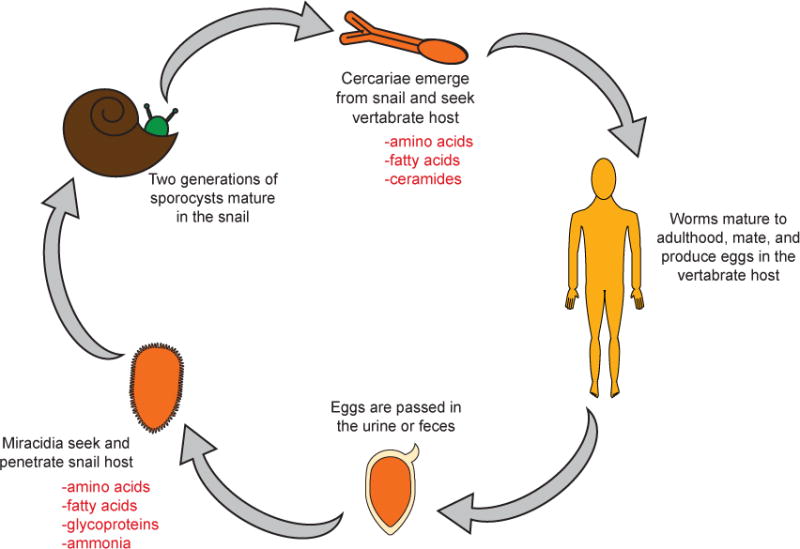Figure 2. Representative schistosome life cycle.

Eggs are passed in the urine or feces of the vertebrate host [49]. In the environment, the eggs hatch and release miracidia. Miracidia seek out snail hosts using temperature, gravity, light, and chemosensory cues; they then penetrate the snail. After multiple rounds of asexual reproduction in the snail, cercariae emerge from the snail and disperse. Cercariae orient themselves in the water column using temperature, gravity, and light [49]. When vertebrate hosts enter the water near cercariae, host skin compounds such as fatty acids and amino acids as well as warmth attract cercariae to the host and stimulate sustained attachment to and penetration of the host’s skin [49, 51, 53]. Within the host, cercariae use chemical gradients to guide migration to the intestines or bladder, pair, reproduce sexually, and lay eggs [54]. Some of the host-derived chemical cues for miracidia and cercariae are shown in red [49, 51–53].
